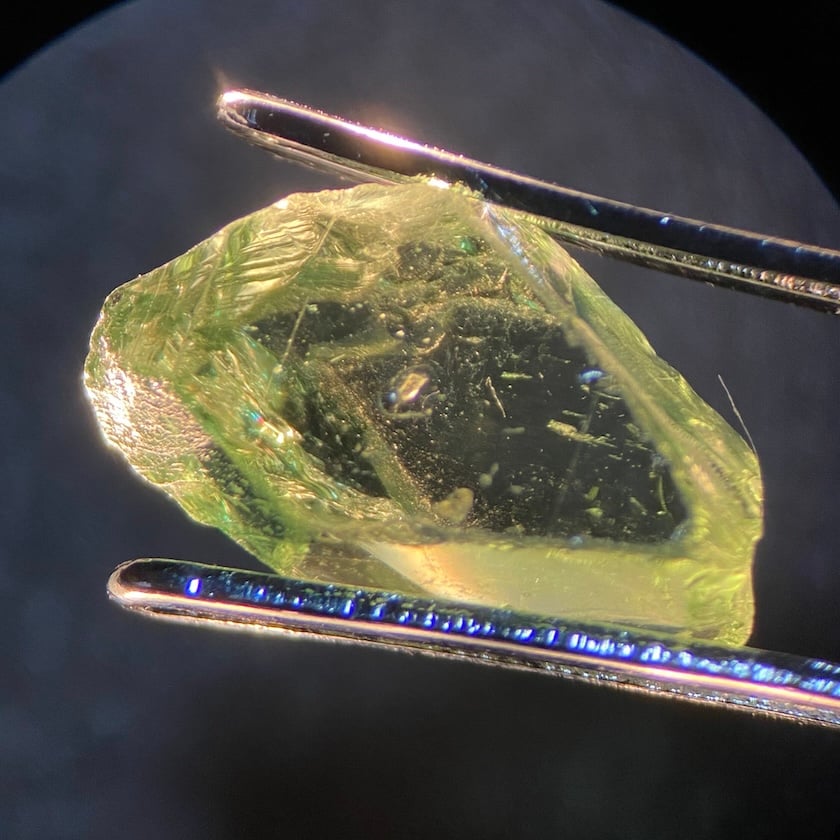Mineralogy of Silicates: Nesosilicates and Sorosilicates
Silicates include well-known minerals such as zircon, topaz, and garnet. Learn how to identify minerals from two silicate sub-groups.
16 Minute Read
Introduction to Silicates
Silicates are the principal constituents of the Earth’s crust and mantle. The majority of minerals that make up rocks are silicates, such as olivines, garnets, pyroxenes, amphiboles, micas, feldspars, clay minerals, and quartzes. Therefore, it is essential for mineralogists to understand silicate minerals.
Silicate minerals are abundant in igneous rocks because silicon and oxygen are the most prevalent elements in the Earth’s crust. Additionally, these minerals often contain other elements such as Al, Fe, Mg, Ca, Na, and K.
There are more reasons to study silicates than just their abundance. Silicates comprise a significant part of the soil. They are widely used to produce modern construction materials like brick, cement, ceramic, and glass. Some silicates make useful thermal and electrical insulators, complex nano filters, and water treatment absorbers. Additionally, many gem-quality silicates are used in the jewelry industry.
Silicate minerals can be divided into six groups based on crystal chemistry. By learning the basic principles of silicate structures, we can understand what is happening inside these minerals just by looking at their chemical formulas.
Crystal Chemistry of Silicates
The crystal
…Olena Rybnikova, PhD
Olena Rybnikova is a gemologist and mineralogist. She has a PhD in mineralogy and petrology specializing in beryllium minerals and is a certified Applied Jewelry Professional accredited by the Gemological Institute of America. Her passion is actively promoting knowledge and appreciation of nature, geology, and gemstones.
Related Articles
Introduction to Native Elements
Mineralogy of Sulfides and Sulfosalts
Mineralogy of Halides, Carbonates, and Sulfites
Mineralogy of Oxides and Hydroxides
Latest Articles
800 Years of Mogok: A Celebration in Tenuous Times
What is the Average Gemstone Faceting Yield?
Pyroxmangite Value, Price, and Jewelry Information
How to Identify Emerald Simulants and Synthetics
Never Stop Learning
When you join the IGS community, you get trusted diamond & gemstone information when you need it.
Get Gemology Insights
Get started with the International Gem Society’s free guide to gemstone identification. Join our weekly newsletter & get a free copy of the Gem ID Checklist!
